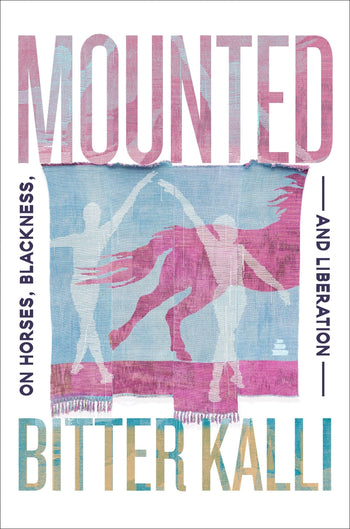In the century before slavery was abolished in the United States, advertisements for escaped slaves were regularly printed in newspapers throughout the country. Often, these ads were not only for the people who had run away, but also for the horses they had taken with them.
In the ads, slaveholders offered rewards for their lost property—twenty dollars, seventy dollars, forty-five, sometimes more for the horse than the person. The ads listed physical descriptions of the runaways and the horses; many of them carried the marks of plantation labor on their bodies.
They were jockeys, plowers, wagon drivers, carpenters, printing press operators, shoemakers, barbers, cockfighters, coopers, bricklayers, and painters. They were regular old negroes described as having no particular skills save for shiftiness and connivance.
They had burns and scars on their faces, they had unusually small eyes, they had scars on their wrists and knees, they had bowlegs, they were around five feet ten, they had bushy heads, they were stout, they were slender and stately, they were six feet tall. They stole horses.
Horses were a part of the daily fabric of life for many enslaved Black people.
I don’t want to romanticize the horses. It’s likely that many of the people in the escaped slave notices saw their relationships with horses as mainly one of convenience or necessity. Horses were a mode of transportation, a way of moving quickly across vast distances. But in many ways, it’s the unremarkable nature of this relationship that draws me to these stories.
Horses were a part of the daily fabric of life for many enslaved Black people. The work done by horses, and the enslaved Black people who cared for and maintained the horses, was central to the social and economic landscape of the plantation South.
On the plantation, horses pulled plows and other heavy machinery and cultivated between miles of cash crops. They provided the primary means of transit on and between plantations and neighboring towns, transporting wagons and carrying riders on their backs, sometimes for multiple-day journeys.
Enslaved Black people performed the daily work of grooming, exercising, saddling, and feeding horses. Here, as elsewhere, Black people were responsible for maintaining life—of slaveholders’ families, of agricultural animals like mules, oxen, and horses—even as they were denied the conditions to nurture their own survival.
